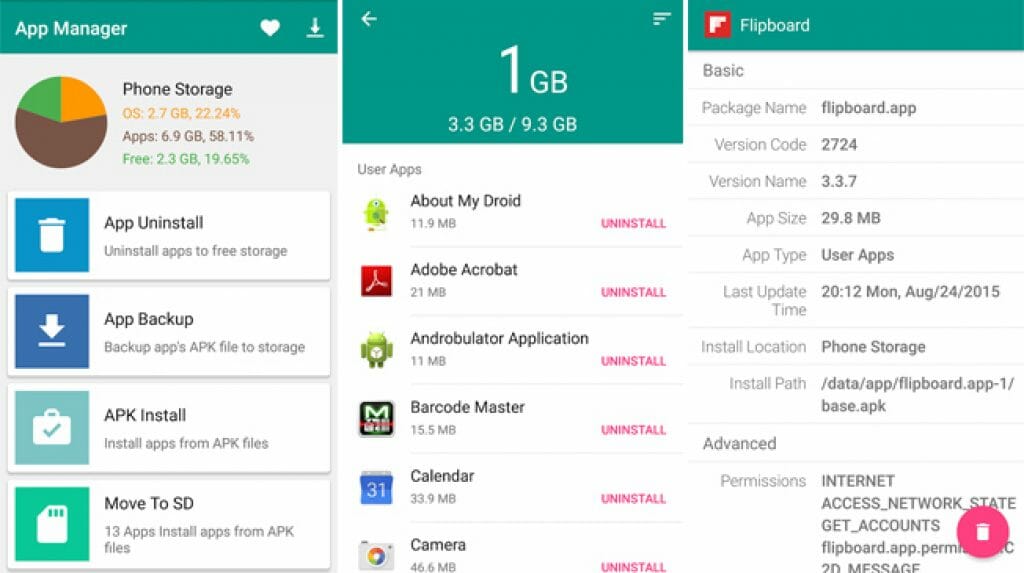“Okay, here is an article about APK installers, aiming for around 1600 words, written in English.
Okay, here is an article about APK installers, aiming for around 1600 words, written in English.

Decoding the Android APK Installer: Your Comprehensive Guide to App Installation, Sideloading, and Security
In the vast and diverse ecosystem of Android, applications are the lifeblood that transforms a piece of hardware into a personalized and powerful tool. From productivity suites and communication platforms to immersive games and creative tools, apps define the user experience. But how do these applications actually get onto your device? The answer lies within the APK (Android Package Kit) file format and the APK installer – the system or tool responsible for reading this package and integrating the application into your Android operating system.
While most users are familiar with the seamless experience of downloading and installing apps directly from the Google Play Store, this is just one facet of the APK installation process. Understanding the APK file itself and the various methods of installation, particularly "sideloading," is crucial for anyone who wants more control over their device, explores apps outside the official store, or simply wishes to understand the underlying mechanics.
This comprehensive guide will take you on a deep dive into the world of APK installers. We’ll explore what an APK is, how the official installation process works, delve into the realm of manual or "sideloading" installation, discuss the tools involved, highlight the critical security considerations, and weigh the advantages and disadvantages of venturing beyond the conventional app stores.
What Exactly is an APK? The Foundation of Android Apps
Before we talk about installing, we need to understand what’s being installed. An APK stands for Android Package Kit. Think of it as the software package format used by the Android operating system for the distribution and installation of mobile applications. In many ways, it’s analogous to other software package formats you might encounter on different operating systems, such as:
.exefiles on Windows.dmgor.pkgfiles on macOS.debfiles on Debian/Ubuntu Linux.rpmfiles on Fedora/CentOS/RHEL Linux

An APK file is essentially a compressed archive, similar to a ZIP file, that contains all the components required for an Android application to function. When you download an app from the Play Store or obtain an APK file from another source, you are downloading this package.
What’s inside an APK? Key components typically include:

classes.dex: This file contains the compiled Java or Kotlin code of the application, translated into Dalvik bytecode (or ART bytecode on newer Android versions) that the Android runtime can execute.resources.arsc: This file contains compiled resources, such as strings, colors, styles, and other values that are not code. It helps Android efficiently manage and access these resources.AndroidManifest.xml: This is a critical file that acts as the application’s blueprint. It declares the app’s components (activities, services, broadcast receivers, content providers), required permissions (like internet access, camera access, etc.), hardware and software features the app needs, minimum Android version, and other essential metadata about the application. The installer reads this file to understand what the app is and what it needs.META-INF/: This directory contains the manifest file, a list of resources in the archive, and importantly, the application’s digital signature. The signature is used to verify the integrity of the APK and to ensure that updates come from the original developer.res/: This directory contains non-compiled resources, such as images, layouts (XML files defining the user interface), audio files, etc.assets/: This directory can contain raw asset files that the developer includes, which can be read by the application directly.lib/: This directory contains compiled native libraries (written in languages like C or C++) for different device architectures (likearmeabi-v7a,arm64-v8a,x86,x86_64). The installer selects the appropriate libraries for the target device’s architecture.

When you initiate an app installation, the APK installer’s job is to unpack this archive, verify its contents, read the AndroidManifest.xml to understand the app’s requirements and permissions, copy the necessary files to the correct locations on the device’s storage, and register the application with the Android system so it can be launched and managed.
The Official APK Installer: Google Play Store
For the vast majority of Android users, the primary interaction with an APK installer happens behind the scenes, orchestrated by the Google Play Store. When you tap "Install" on an app page in the Play Store, a sophisticated process is initiated:
- Download: The Play Store downloads the APK file (or more commonly now, an optimized APK derived from an App Bundle) from Google’s servers to your device.
- Verification: The downloaded file is verified for integrity and checked against Google Play Protect’s database for known malware or harmful behaviors. The app’s signature is also checked.
- Parsing the Manifest: The system’s package manager (the core "APK installer" component within Android) reads the
AndroidManifest.xmlto understand the app’s structure, required permissions, and compatibility with your device. - Installation: The system unpacks the APK, copies files to the appropriate system directories (like
/data/app), sets up the app’s data directory, installs native libraries for the correct architecture, and registers the app with the operating system. - Permission Prompt: Before the installation is finalized (or sometimes during the process, depending on the Android version), you are shown the permissions the app requests. You implicitly agree to these by proceeding with the installation from the Play Store, though newer Android versions allow revoking permissions later.
- Completion: Once the files are copied and registered, the app icon appears in your app drawer, and the app is ready to launch.
The Google Play Store method is the recommended and default way to install apps for several compelling reasons:
- Security: Apps are scanned for malware and policy violations before being listed. Google Play Protect provides ongoing scanning.
- Convenience: It’s a one-stop shop for finding, installing, and updating apps.
- Automatic Updates: Apps installed via the Play Store can be automatically updated, ensuring you have the latest features and security patches.
- Compatibility: The Play Store often delivers optimized versions of apps based on your device’s specifications (via App Bundles).
- Trust: It’s the official channel, generally considered the most trustworthy source for Android applications.
However, the Play Store isn’t the only source for Android apps, and sometimes, users need or want to install applications that aren’t available there. This leads us to the realm of manual installation, or sideloading.
The Unofficial APK Installer: Manual Installation (Sideloading)
Sideloading refers to the process of installing applications on your Android device from an APK file obtained from a source other than the official Google Play Store. This method bypasses the Play
